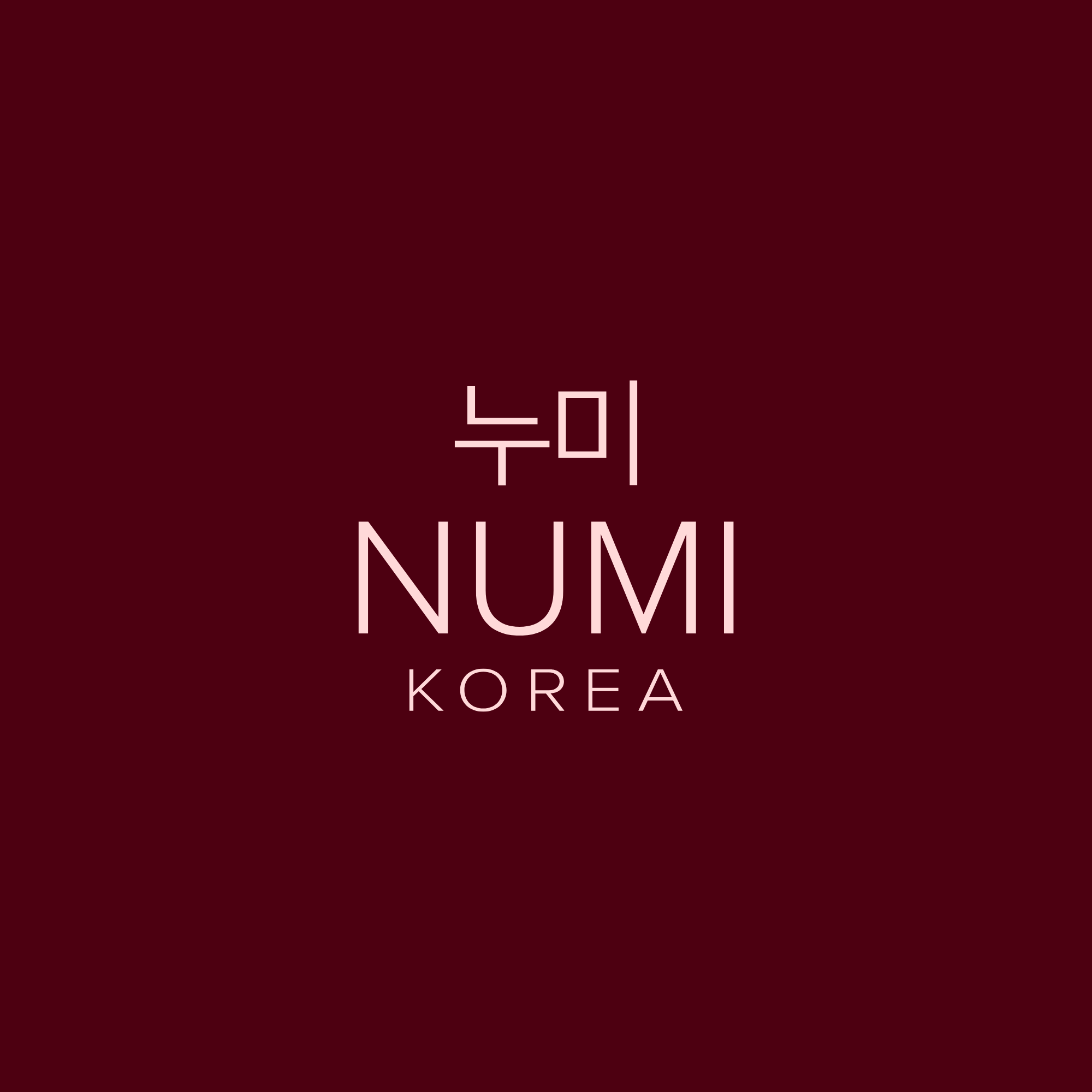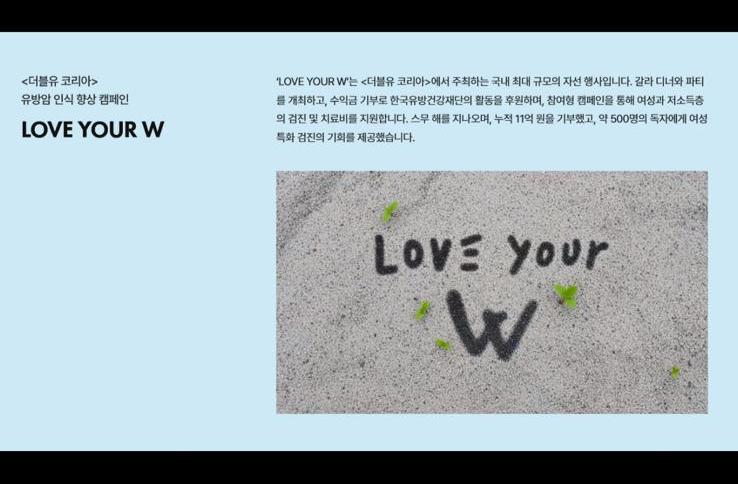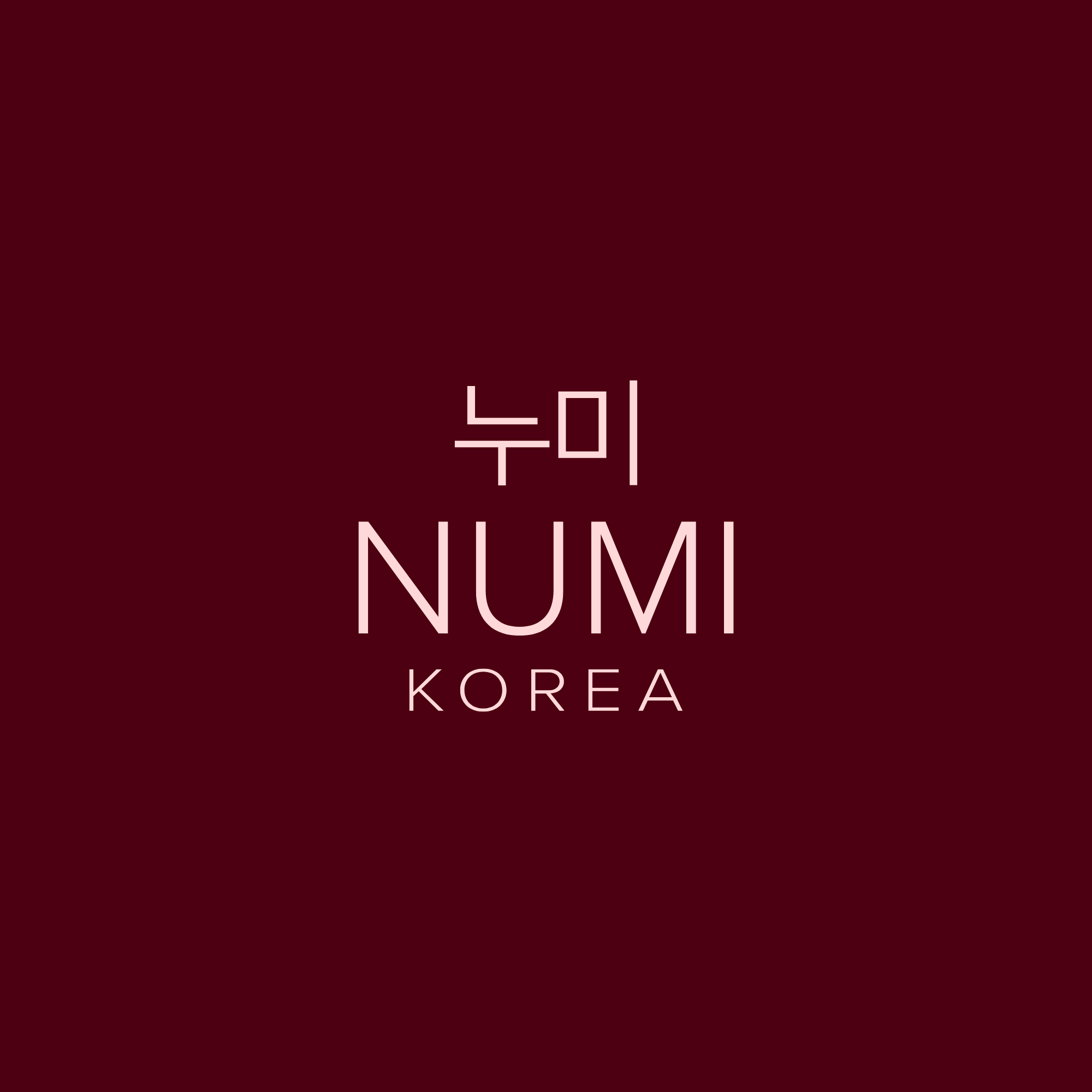W Korea’s annual “Love Your W” breast-cancer awareness gala—meant to mark 20 years in 2025—has become a lightning rod for criticism after this year’s edition looked, sounded, and was even described like a party. The backlash has been so intense that W Korea issued a public apology four days later, acknowledging that its execution failed to consider patients’ perspectives. The controversy raises hard questions about how fashion-led charity activations can drift from purpose into spectacle.
What happened—and when
-
Oct 15, 2025 – The event: W Korea hosted “Love Your W 2025” at the Four Seasons Hotel in Seoul to celebrate two decades of its breast-cancer awareness campaign. Social clips and coverage emphasized celebrity arrivals, open bars, performances, and a mood closer to a nightlife showcase than a patient-centered fundraiser.
-
Oct 17–18 – Public criticism swells: Local and regional outlets blasted the “party vibe,” noting tone-deaf branding—reportedly including the phrase “breast cancer party”—and the absence of visible participation from patients or medical experts. Commentators questioned whether awareness or fundraising outcomes were foregrounded at all.
-
Oct 19–20 – The apology: W Korea apologized on social media and in statements to press, saying the content and execution may have been inappropriate and pledging to reflect on improvements.
Why people are upset
-
Tone-deaf framing: The phrase “breast cancer party,” echoed in coverage, struck many as trivializing a serious disease. Even if intended as shorthand, language frames perception; here it undermined trust.
-
Party-first optics: Red-carpet glamour, celebrity networking, and alcohol-centric imagery dominated the feed, overshadowing patient stories, prevention education, or screening resources. Comparisons to typical pink-ribbon events—which often foreground survivors and clinicians—made the contrast starker.
-
Impact questions: Reporting and online discussion revived scrutiny of the campaign’s real-world results over two decades, with some outlets interrogating donation figures and transparency. Whether or not specific claims hold up, the lack of clearly communicated outcomes left a vacuum critics filled. (Notably, Chosun Ilbo’s English edition flagged controversy over donation claims versus public records—something W Korea will need to address with clear accounting.)
The apology—necessary, but not sufficient
W Korea’s statement apologized “for failing to carefully consider the perspective of breast cancer patients and their families,” and for causing discomfort. It also acknowledged that this year’s content and execution may have been inappropriate. That’s a start, but trust recovery now hinges on concrete changes and transparent reporting before the next cycle.
Lessons for fashion-led charity campaigns
-
Lead with the mission, not the mood. If guests and viewers can’t immediately see patient voices, prevention messaging, or screening calls-to-action, the event’s why gets lost. The Straits Times’ comparison to global norms—where public figures appear alongside patients and medical experts—highlights an actionable fix.
-
Language matters. Avoid flippant phrasing. Internal decks and social copy should be stress-tested by patient advocates to catch tone issues before they go live.
-
Make impact legible. Publish audited figures: funds raised, where they went, how many screenings supported, year-over-year outcomes. Preempt skepticism with dashboards, not taglines. (This directly addresses the donation-discrepancy narrative.)
-
Design the run-of-show around patients. Open with survivor testimony. Spotlight clinicians. Include an on-site screening sign-up or donation match challenge to convert attention into action. The absence of visible patient/medical participation was a widely cited gap this year.
-
Set alcohol and performance guidelines. If sponsors require hospitality, cap the visual emphasis. Consider alcohol-free cocktails, earlier programming, and content embargoes that prioritize mission-centric assets.
What W Korea can do next (a practical recovery plan)
-
Publish a transparency report within 30 days: total funds raised in 2025; historical totals since launch; beneficiary organizations; program outcomes (e.g., screenings funded).
-
Establish a patient & clinician advisory council to vet naming, copy, visuals, and run-of-show.
-
Reformat 2026 as “Awareness to Action.” Replace the party core with a mini-summit: survivor panels, research talks, on-site mammography scheduling, and a donation-to-impact tracker displayed live.
-
Reframe celebrity participation. Assign each VIP to a concrete action—fund a screening block, read survivor letters on stage, or lead a donation match—so their presence directly advances outcomes, not optics.
The bigger picture
This controversy isn’t just about one night in Seoul—it’s a reminder that cause marketing must serve the cause first. In a social media era, optics are outcomes; audiences expect alignment between message and method. If W Korea can pivot from apology to accountability and redesign its approach with patients at the center, “Love Your W” could yet become a case study in course correction rather than caution.








